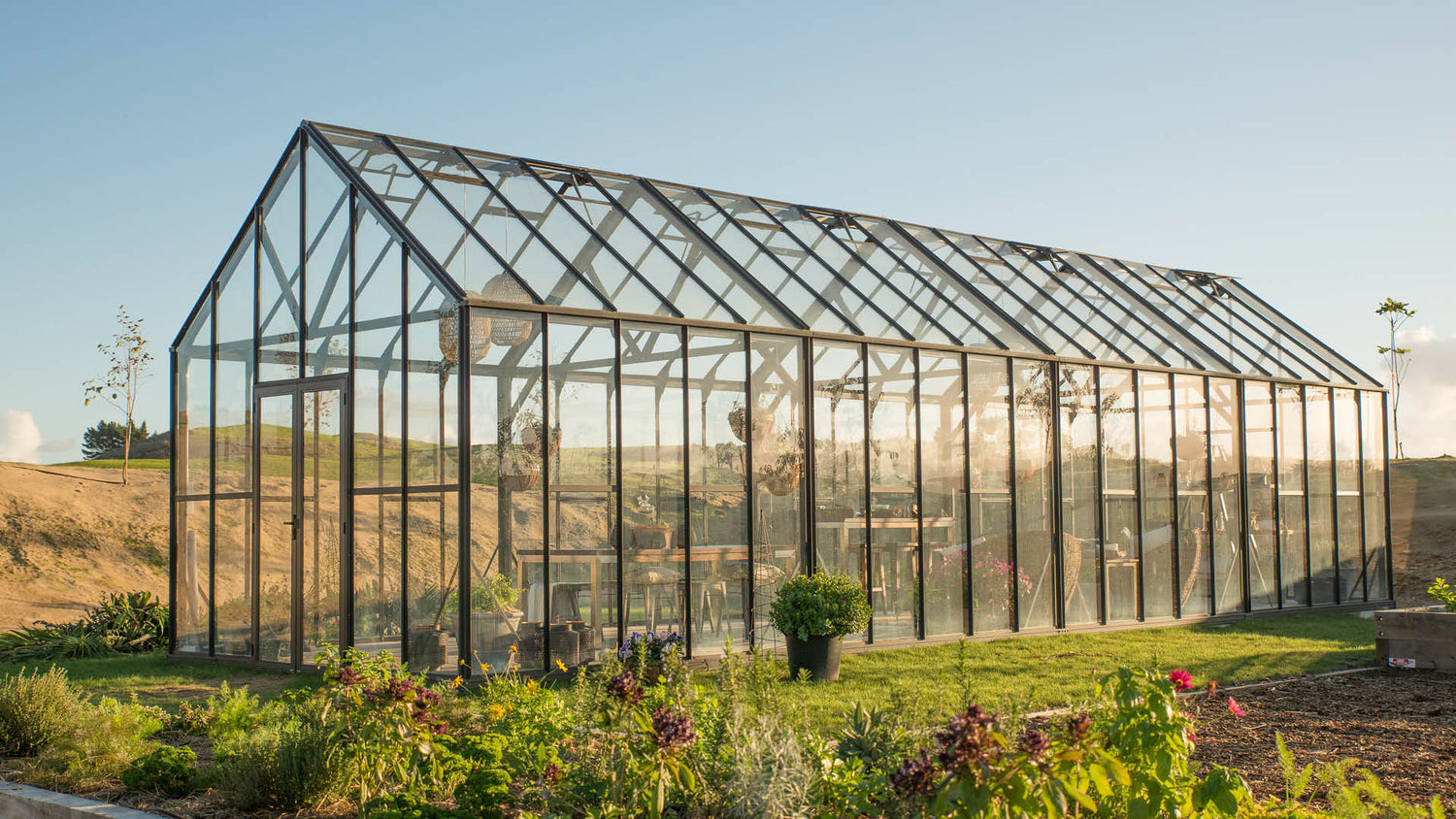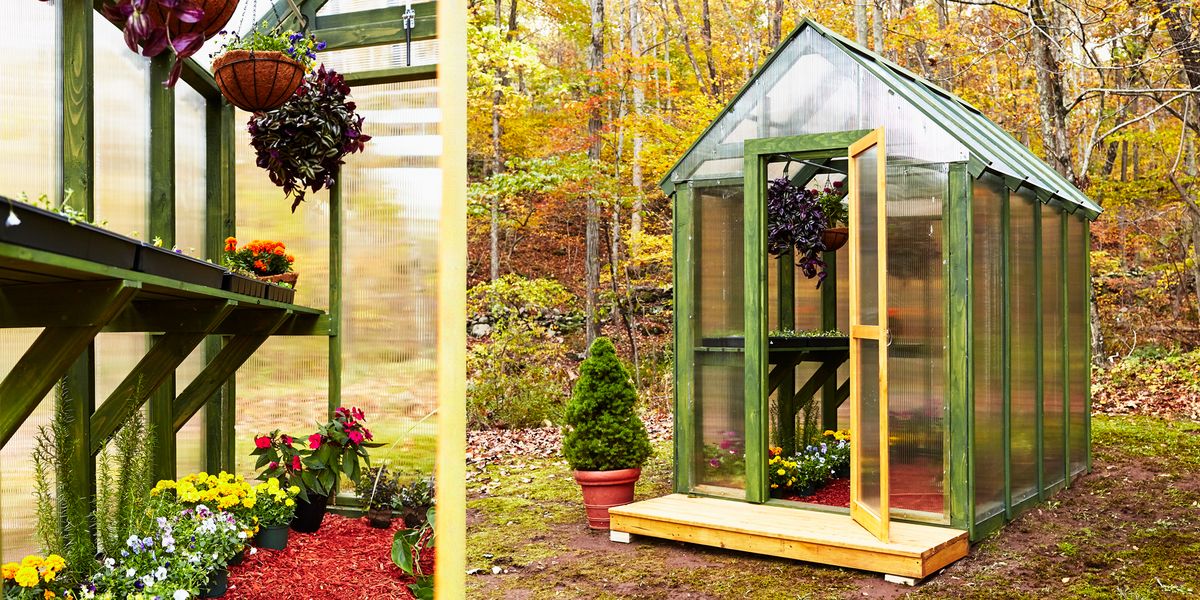Shedding Light on Top Quality: Monarch Greenhouse Sheds Utah Exceptional Styles
Wiki Article
The Future of Greenhouses: Innovations in Lasting Agriculture
Are you curious concerning the future of greenhouses and just how they are revolutionizing lasting farming? Look no more! In this article, we will discover the exciting technologies that are paving the means for a greener and much more effective farming market. From advanced environment control systems to upright farming techniques, water-efficient irrigation techniques, renewable resource assimilation, and wise data analytics, these developments are transforming the means we expand our food. Prepare yourself to find the future of sustainable farming in greenhouses!Advanced Environment Control Solution
To achieve optimal growing problems, you can depend on the improvements in greenhouses with advanced climate control systems. These systems have actually reinvented the method we cultivate crops, offering a regulated environment that contributes to plant growth. With these innovative systems, you can now adjust temperature, moisture, light levels, and even CO2 concentrations to develop the ideal conditions for your plants to flourish.Among the key features of these innovative climate control systems is their capacity to control temperature level. By using sensors and automated controls, the greenhouse can adjust the temperature based upon the particular needs of the plants. This guarantees that they are never ever subjected to severe heat or cool, which can be detrimental to their development.
Moisture control is an additional important element of these systems. By maintaining the suitable humidity levels, you can protect against concerns such as mold and mildew, mildew, and disease from influencing your plants. These systems can also control the amount of light that reaches the plants, making certain that they receive the optimum amount for photosynthesis.
In addition, progressed climate control systems can even control CO2 concentrations. By raising the degrees of carbon dioxide in the greenhouse, you can improve plant growth and performance. This is specifically advantageous in locations with low all-natural carbon dioxide degrees.
Upright Farming Strategies
One important upright farming technique is using stacked growing systems. Stacked growing systems are typically used in city areas where area is restricted.One popular technique is referred to as upright hydroponics, where plants are expanded in nutrient-rich water without soil. This technique is highly efficient as it decreases water usage by as much as 90% contrasted to typical farming methods. Additionally, considering that the plants are grown inside your home, they are shielded from insects and conditions, minimizing the need for pesticides.
Another technique is aeroponics, which involves putting on hold the plant roots in a mist or air environment. This approach permits ideal nutrient absorption and oxygenation, leading to faster development and greater yields. Aeroponics likewise makes use of less water than traditional farming and can be carried out in upright systems, making it a preferred choice for upright farming.
Water-efficient Irrigation Methods
Making best use of water conservation is crucial when it concerns executing water-efficient irrigation methods in sustainable farming. With international water deficiency ending up being a pressing issue, it is crucial to create innovative methods that enhance water use in greenhouse procedures.One promising method is drip irrigation, which provides water directly to the plant origins, minimizing waste and evaporation. By using a network of tubes with small emitters, water is applied gradually and precisely, making sure that plants obtain the required moisture without excess runoff.
One more effective method is using soil moisture sensing units. These tools gauge the wetness web content in the soil and give real-time data to farmers. By keeping track of the dirt's moisture levels, farmers can precisely identify when and just how much water to apply, protecting against over-irrigation.
Moreover, the execution of rainwater harvesting systems is gaining popularity in greenhouse farming. Accumulating rainwater from rooftops and storing it in storage tanks allows farmers to utilize this natural deposit for irrigation objectives, reducing dependence on standard water sources.
Lastly, the adoption of automated watering systems can significantly improve water performance. These systems make use of sensing units to discover soil dampness levels and weather, readjusting irrigation timetables accordingly. By enhancing water use based on actual plant demands, these systems can lower water waste and promote sustainable farming methods.
Renewable Resource Combination
Sustainable energy combination in greenhouses supplies a number of benefits, including reduced running costs and reduced reliance on non-renewable power resources. The created power can then be used to run various operations within the greenhouse, such as air flow, heating, and lighting systems. These turbines harness wind power and transform it right into power, which can be used to supplement the energy demands of the greenhouse.Smart Information Analytics and Automation
To boost the efficiency of your greenhouse procedures and optimize resource usage, think about carrying out wise data analytics and automation. Smart information analytics involves gathering and examining information from numerous sensing units and devices within your greenhouse. By keeping an eye on factors such as temperature level, moisture, light degrees, and dirt moisture, you can gain useful understandings into the health and wellness and growth of your plants. This data can aid you make informed choices regarding changing ecological problems, maximizing watering timetables, and preventing possible issues before they arise.
Automation, on the other hand, entails using modern technology Monarch Farm Greenhouse Utah to automate jobs that were previously done by hand. This can include automating the control of illumination, ventilation, watering systems, and nutrient shipment. By automating these procedures, you can make sure that your plants get the right conditions and nutrients at the right time, without the need for constant hands-on treatment. This not just saves you effort and time but likewise lowers the danger of human mistake.
Moreover, clever data analytics and automation can collaborate synergistically. The information collected by sensing units can be utilized to inform automatic systems, permitting them to make real-time changes based upon the existing conditions. This combination of information analytics and automation can result in more effective and accurate resource appropriation, inevitably causing higher yields and much better plant quality.
Verdict
Finally, the future of greenhouses in sustainable agriculture looks encouraging. With innovative climate control systems, vertical farming methods, water-efficient watering techniques, and sustainable energy assimilation, greenhouses are becoming more reliable and eco-friendly. Furthermore, the usage of smart data analytics and automation better enhances productivity and reduces waste. These advancements are leading the way for a more sustainable and reliable agricultural market, ensuring a greener and much healthier future for all.
By maximizing water usage based on actual plant needs, these systems can decrease water waste and promote sustainable farming methods.

Report this wiki page